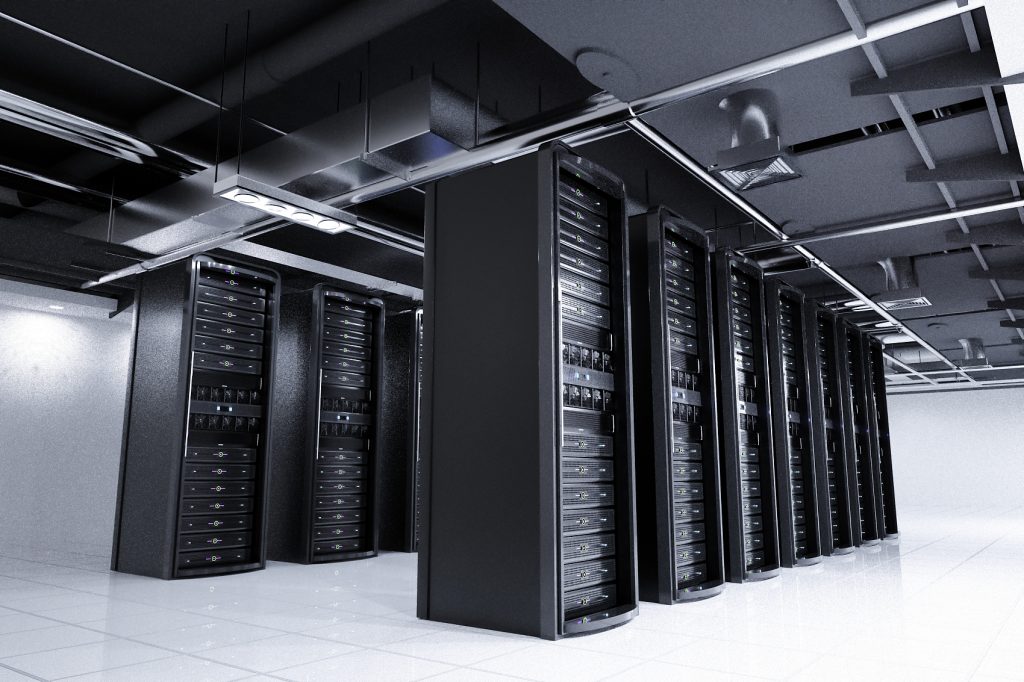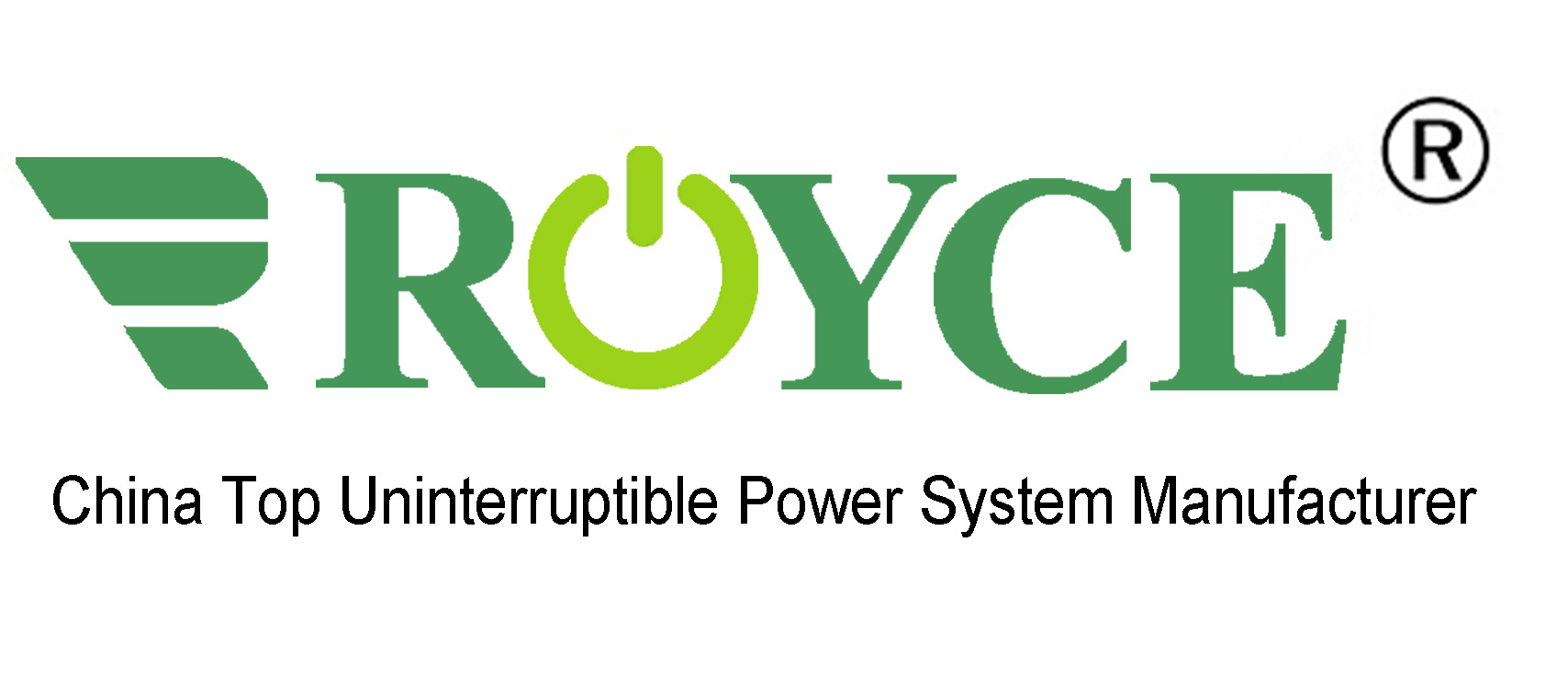Mitigating Risks: Preparing for UPS Uninterruptible Power Supply Failure in Computer Rooms

Introduction
Uninterruptible Power Supply (UPS) systems serve as a critical line of defense against power interruptions in computer rooms, ensuring continuous operation and data protection. However, even with advanced technology, UPS failure remains a possibility. In this article, we explore the potential causes of UPS failure in computer rooms and outline strategies to minimize risks and safeguard business continuity.
- Identifying Common Causes of UPS Failure: UPS failure can be attributed to various factors, including battery aging, environmental conditions, component wear and tear, and inadequate maintenance. Understanding these root causes helps in formulating effective preventive measures.
- Regular Maintenance and Testing: A proactive approach to UPS maintenance is paramount to detect potential issues early on and avoid catastrophic failure. Regular inspections, load testing, and firmware updates ensure UPS systems remain in optimal condition. Partnering with a trusted service provider for preventive maintenance programs can significantly reduce the risk of unplanned downtime.
- Battery Monitoring and Replacement: Batteries are the backbone of UPS systems, and their health directly impacts system reliability. Implementing a battery monitoring system allows continuous monitoring of battery parameters, such as voltage, temperature, and internal resistance. Timely replacement of aging or degraded batteries ensures UPS performance remains consistent.
- Redundancy and Scalability: Introducing redundancy in critical components of the UPS system, such as power modules and bypass switches, provides backup options in the event of a failure. Scalability allows for seamless integration of additional UPS units as power demands increase, providing flexibility and enhancing system resilience.
- Environmental Control: Extreme temperature and humidity levels can accelerate component aging and lead to UPS malfunctions. Implementing proper environmental control measures, such as cooling systems and humidity regulation, helps in maintaining UPS system integrity and extends its service life.
- Monitoring and Remote Management: Incorporating remote monitoring capabilities enables real-time tracking of UPS performance and proactive identification of potential issues. Remote management solutions allow for remote diagnostics and troubleshooting, reducing response times and minimizing downtime.
- Disaster Recovery Planning: Incorporating a comprehensive disaster recovery plan ensures preparedness for worst-case scenarios. A well-structured plan includes backup power sources, emergency response procedures, and a clear communication strategy.
Conclusion
While UPS uninterruptible power supply systems are designed to provide reliable power protection, no technology is entirely immune to failure. By adopting a comprehensive and proactive approach to UPS maintenance, monitoring, and disaster recovery planning, businesses can minimize risks and maximize uptime in their computer rooms. Emphasizing the importance of partnering with experienced UPS service providers, organizations can stay ahead of potential challenges, ensuring the seamless functioning of critical systems and data preservation in the face of power disruptions.




